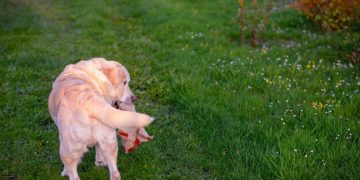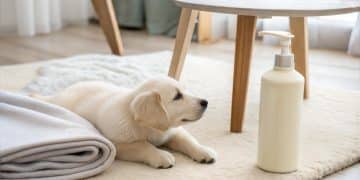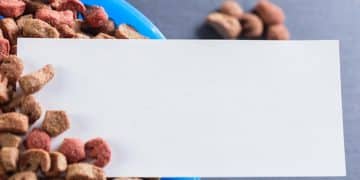Cat Litter Showdown 2025: Unbiased Reviews & Odor Control Ratings
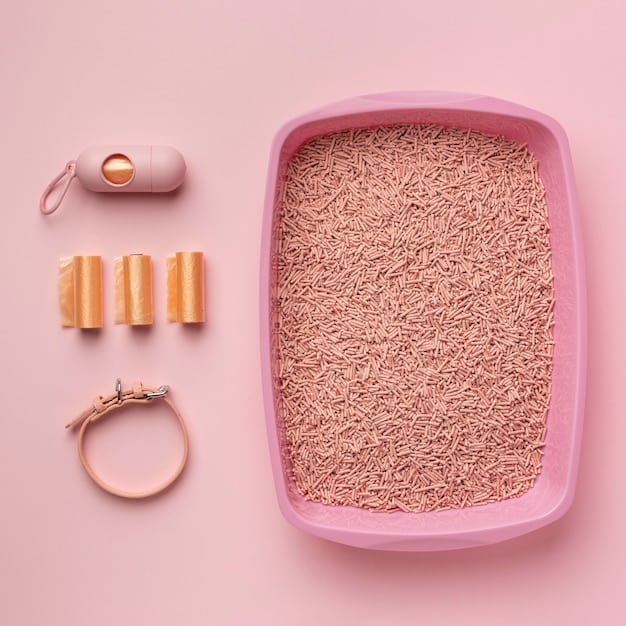
Navigating the world of cat litter can be overwhelming, but our unbiased 2025 cat litter showdown provides ratings and reviews on odor control, dust levels, clumping ability, and overall value to help you discover the perfect litter for your feline friend.
Choosing the right cat litter can feel like an endless quest. But what if you could cut through the marketing hype and find a litter that truly works? Our Cat Litter Showdown: Unbiased Reviews and Odor Control Ratings for 2025 is here to help, offering a comprehensive guide to the best litters on the market.
Understanding the Cat Litter Landscape
The cat litter market is diverse, offering a wide array of choices that can cater to different needs and preferences. From traditional clay litters to modern, eco-friendly alternatives, understanding the nuances of each type is crucial for making an informed decision.
Types of Cat Litter Available
Cat litter comes in various forms, each with unique properties. Knowing the differences will help you select the best option for your cat and your home.
- Clay Litter: The most common type, known for its affordability and clumping abilities. However, it can be dusty and may not be the best for odor control.
- Crystal Litter: Made from silica gel, this litter is highly absorbent and offers excellent odor control. It tends to be more expensive than clay litter.
- Pine Litter: A natural and biodegradable option that comes in pellet or clumping forms. It’s known for its low dust and natural scent.
- Paper Litter: Made from recycled paper, this litter is soft, dust-free, and a good choice for cats with allergies or sensitivities.
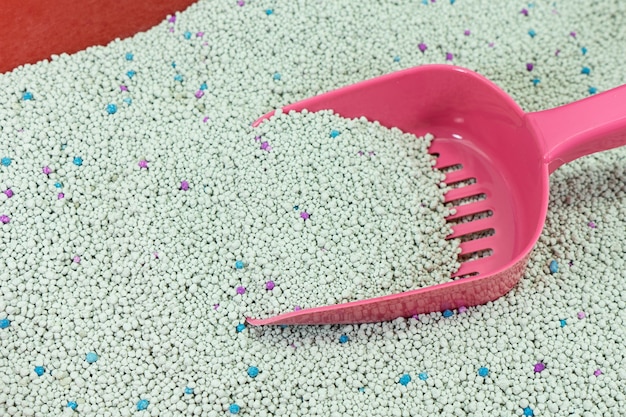
Choosing the right cat litter not only benefits your cat but also contributes to a cleaner, fresher-smelling home.
Odor Control: The Ultimate Test
One of the primary reasons cat owners seek a particular type of litter is its ability to control odors. Effective odor control can make a huge difference in the overall cleanliness and comfort of your home.
Factors Affecting Odor Control
Several factors can affect how well a litter controls odors, and understanding these can help you make a better choice.
- Absorbency: The ability of the litter to absorb urine quickly is key. Highly absorbent litters trap odors more effectively.
- Clumping Ability: Litters that form tight, solid clumps make it easier to remove waste, reducing odor buildup.
- Ingredients: Some litters contain odor-neutralizing ingredients like activated carbon or baking soda.
Investing in a litter with superior odor control can save you from unpleasant smells and frequent litter box changes.
Dust and Allergies
Dust can be a significant issue for both cats and their owners, especially those with allergies or respiratory sensitivities. Low-dust litters can improve air quality and reduce irritation.
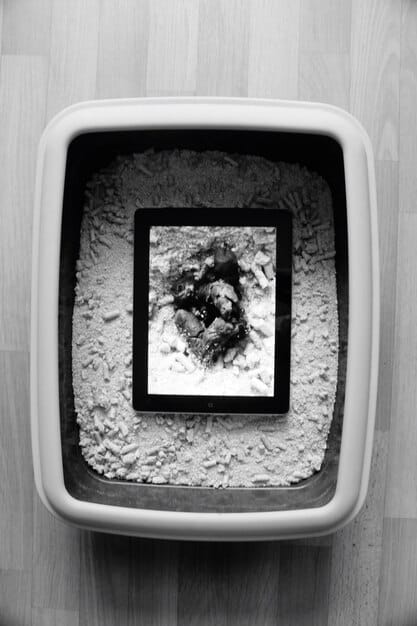
The Impact of Dust on Health
Dust from cat litter can have several negative impacts on health.
Minimizing exposure to dust is crucial for maintaining a healthy environment for both you and your cat.
- Respiratory Issues: Dust can irritate the respiratory tract, leading to coughing, sneezing, and even asthma flare-ups.
- Allergies: Dust can trigger allergic reactions in sensitive individuals.
- Eye Irritation: Fine particles can cause eye irritation and discomfort.
Opting for low-dust or dust-free litters can significantly improve the air quality in your home.
Clumping Ability and Ease of Cleaning
The clumping ability of cat litter directly affects how easy it is to clean the litter box. Litters that form solid, tight clumps make the scooping process much simpler and more efficient.
Benefits of Good Clumping Litter
Good clumping litter offers several advantages.
Choosing a litter with excellent clumping ability can simplify your cleaning routine and ensure a more hygienic environment.
- Easy Scooping: Solid clumps are easy to scoop out, leaving the remaining litter clean.
- Reduced Waste: By removing clumps effectively, you use less litter over time.
- Odor Control: Properly clumped waste is easier to dispose of, minimizing odor.
Using a good litter scooper in combination with quality clumping can make a positive impact as well.
Unbiased Reviews of Top Litters in 2025
To help you make an informed decision, we’ve compiled unbiased reviews of some of the top cat litters expected to perform well in 2025.
Top Litter Picks for 2025
Here are a few litters to consider based on their performance in key areas like odor control, dust levels, and clumping ability.
- Litter A: Known for its superior odor control and low dust, this crystal litter is a top choice for many cat owners.
- Litter B: A budget-friendly clay litter that offers decent clumping and odor control.
- Litter C: An eco-friendly pine litter that’s great for cats with sensitivities and offers natural odor control.
Each of these litters has its strengths and weaknesses, so consider your specific needs and preferences when making your selection.
Making the Right Choice for Your Cat
Ultimately, the best cat litter is one that meets the needs of both you and your cat. Consider factors like your cat’s preferences, your budget, and your tolerance for dust and odor when making your decision.
Tips for Choosing the Best Litter
Here are a few tips to help you select the right litter.
By considering these factors and trying out different options, you can find the perfect litter for your feline companion and create a cleaner, more pleasant home environment.
- Consider Your Cat’s Preferences: Some cats are picky about the texture and scent of their litter. Start with small bags and experiment to see what your cat likes best.
- Read Reviews: Look for unbiased reviews that highlight both the pros and cons of different litters.
- Consider Your Budget: Litter prices can vary widely. Find a balance between cost and performance.
| Key Feature | Brief Description |
|---|---|
| 👃 Odor Control | Effective litters neutralize smells. |
| 💨 Dust Levels | Low-dust options reduce respiratory irritation. |
| 💪 Clumping | Good clumping simplifies cleaning. |
| 🌱 Eco-Friendliness | Eco-friendly litters have low enviornmental impact. |
Frequently Asked Questions
▼
Crystal litters are often considered the best for odor control due to their high absorbency and ability to trap smells effectively. Some clay and pine litters also offer excellent odor control features.
▼
The frequency of litter changes depends on the type of litter and the number of cats using the box. Generally, clumping litter should be scooped daily, and the entire box should be emptied and cleaned every 2-4 weeks.
▼
Dust-free cat litter is highly recommended, especially for cats and owners with respiratory issues or allergies. It helps improve air quality and reduces irritation, making for a healthier environment.
▼
No, most cat litters should not be flushed down the toilet as they can cause plumbing issues and strain municipal water treatment systems. Only certain biodegradable litters specifically labeled as flushable may be considered, but it’s still best to check local regulations.
▼
If your cat refuses to use a new litter, try mixing it gradually with the old litter to help your cat adjust. Ensure the litter box is clean and in a quiet, accessible location, and consider trying a different type of litter if the issue persists.
Conclusion
Choosing the right cat litter involves balancing various factors, from odor control and low dust to clumping ability and cost. By considering your cat’s preferences and your own needs, you can find the perfect litter to keep both you and your feline friend happy.


